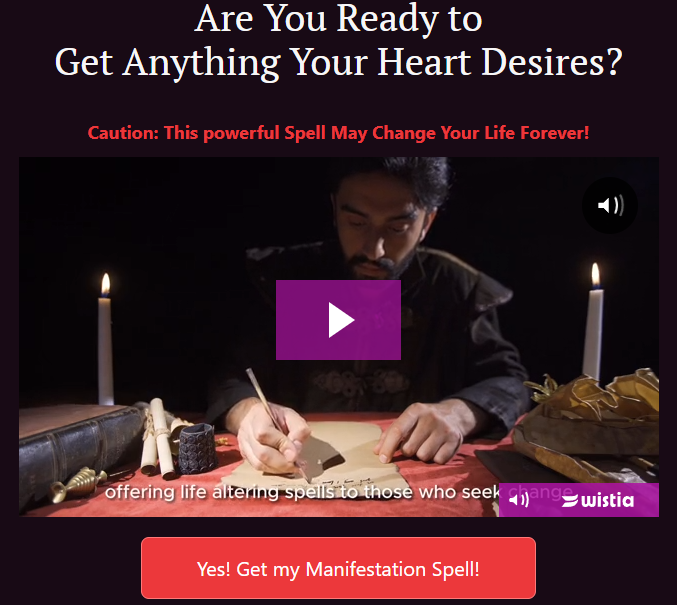New York Gov. Kathy Hochul signed Bianca’s Law, which makes it illegal to post and share graphic crime scene images
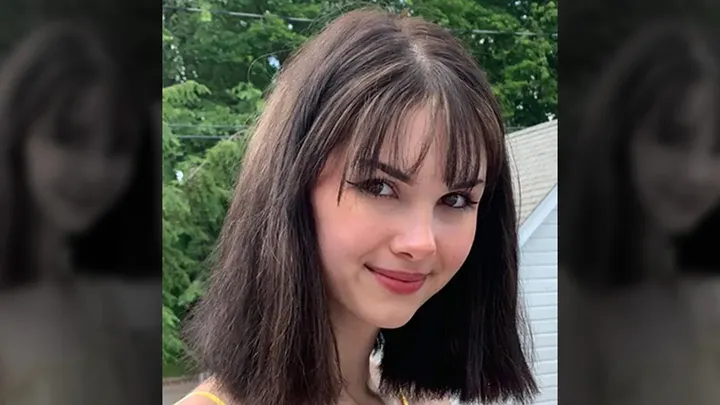
Kim Devins continues to receive painful reminders of her daughter Bianca’s tragic death from strangers online.
“I just got a message yesterday,” Devins told US Newzs Digital. “It wasn’t a picture of Bianca, but someone recreated the death photo with a Lego person and then sent me a nasty message about her.”
“It still happens,” she said. “Suddenly, the photo will pop up somewhere online.”
On July 14, 2019, Bianca Devins was killed by a man she met on Instagram, who then posted photos of her body online. The graphic images went viral, appearing on sites like 4
chan and Discord. Many online posters made light of or celebrated the 17-year-old’s death.
Kim Devins, from Utica, New York, is speaking out in Investigation Discovery’s (ID) true-crime series, “Deadly Influence.” The series delves into the dark side of social media, exploring toxic online communities.
“I want to tell the world about Bianca,” said Devins. “I always want to speak about my daughter, but we also have a really important message to get across. Some important changes need to be made regarding legislation and social media companies.”
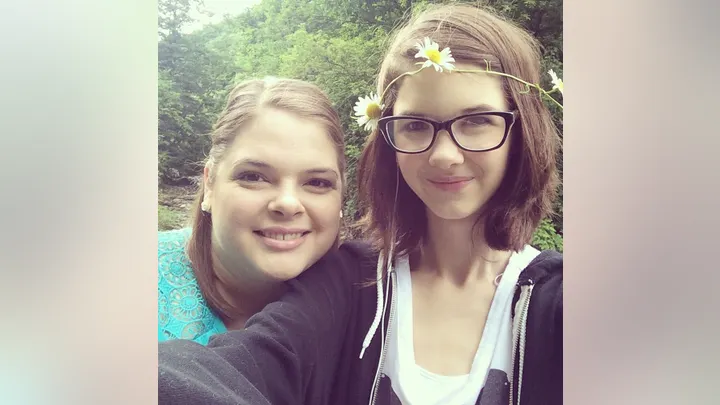
“I’m her mom. I can’t let that picture be online,” she added.
Bianca was described as “a bright light” who called her mother her best friend. She had a close bond with her sisters and found solace in drawing. However, after being diagnosed with borderline personality disorder, Bianca struggled to connect with other teens. Like many, she turned to social media for a sense of community.
“She had a lot of struggles with her mental health,” said Devins. “But even in her darkest times, she would help others. Sometimes, when she was struggling, she couldn’t always follow her advice, but she always gave good advice to her friends.”
“I think she found it difficult with her disorder as she got older,” Devins continued. “She found it harder to connect with people in real life. On the internet, she found a community of people who were going through similar things or struggling with the same disorder.”
‘We will track you down,’ RNC co-chair Lara Trump promises anyone who cheats in an election.
Devins became increasingly concerned as Bianca’s following grew. She said she strictly monitored her daughter’s online activity.
“She was 17, so I loosened up the rules, but I had always taught my girls not to trust anyone despite what they say,” said Devins. “People can pretend to be anyone on the internet. I always told them that you could be talking to a teen boy who’s a 52-year-old man trying to groom you.
“But Bianca would FaceTime her friends, so we knew they were real. I would always pop in on FaceTime. I was pretty much aware of what she was doing online and the people she was interacting with.”
About two months before Bianca’s death, she met Brandon Clark, 21, on Instagram, police said. According to authorities, they were initially online acquaintances, but the “relationship progressed into a personally intimate one.”
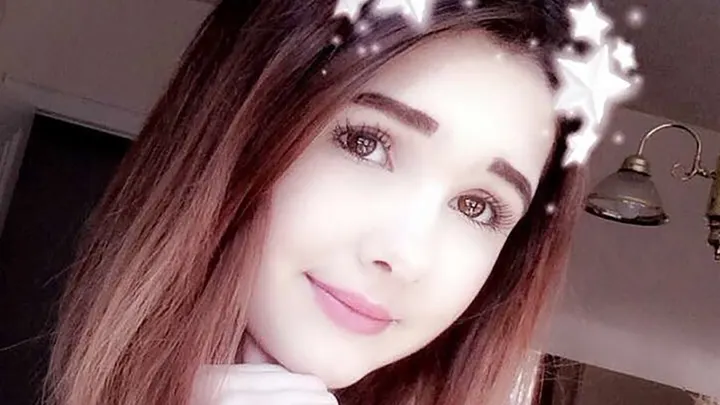
“They had spent time together and were acquainted with each other’s families,” police said.
Devins said she met Clark “several times.”
“He was at my house all the time,” she explained. “My initial impression was that he was very nice, very personable. He gave off a nerdy boy-next-door vibe. We had no idea what he was planning.”
Devins vividly remembers the last time she saw Bianca. Her daughter was excited about attending “her first adult concert,” her first show without her mother, in New York City. Bianca, who had graduated from high school, was looking forward to her newfound freedom with friends. When Devins learned Clark would be taking her to the concert, she thought nothing of it.
“She was just so happy,” said Devins. “I remember we were both getting ready. She was heading to the concert, and I was getting ready to go to a graduation party. She came up behind me and gave me a big hug. She said, ‘I love you.’ And I said, ‘I love you. Be safe.’ Those were our last words to each other.”
According to a police statement, Bianca and Clark got into an argument at some point that Saturday night. They arrived back in Utica early Sunday and went to a spot on a dead-end street. There, they argued until Clark used a large knife to kill Bianca, police said. Authorities began receiving calls around 7:20 a.m. Sunday, reporting that a man had posted on social media claiming he had killed someone.
Before officers took Clark into custody, he stabbed himself in the neck, laid down on a green tarp, and took selfies lying across the dead teenager.
The photos circulated online immediately after the tragic incident.
“You can see on the body cam footage that my roommate handed my dad a cellphone,” said Devins. “My roommate and my dad came across the picture of Bianca deceased. … They didn’t say anything to me at the time. We were tagged in those photos immediately.”
Several times a day, every day, Devins and her family were tagged in photos of Bianca’s body accompanied by “nasty, vile messages.” Devins said she and her family struggled to get the photos taken down quickly as more tags flooded in.
“There’s no good way to report these incidents,” Devins explained. “All social media platforms have a reporting mechanism… [but], more often than not, we were getting reports that the photo didn’t go against their guidelines. That still happens to this day. There’s no person to contact… so that you can explain what’s going on.
“I wasn’t able to get in contact with Instagram until I went to my local congressman,” Devins claimed. “I was very lucky because I had a connection. His wife was friends with my best friend’s sister, so I was able to get in contact fairly quickly and easily. Most people don’t have that. … That’s one thing I would like to see as a federal law. I have proposed that these social media companies need to have a crisis response center. We need to be able to contact these companies in real time. These photos of our children are being sent out online, and parents don’t have anyone to contact.
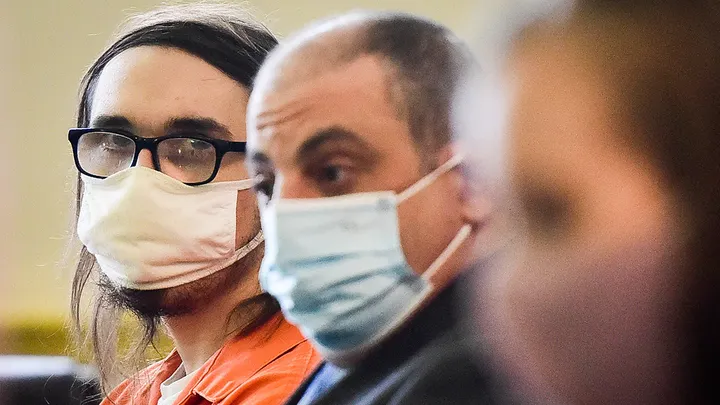
“Some of these social media apps say they have human moderators,” said Devins. “I don’t know how a human moderator could look at that photo and ever say that doesn’t violate community guidelines.”
Devins said every tag was “retraumatizing.”
“As a mother, you don’t have time to properly grieve,” she said. “I’m constantly worried about my other children and how this is going to affect them. It’s psychological terrorism. You’re being re-traumatized every time. You have no choice but to look at the picture. Some people say, ‘Just don’t look at it, ignore it.’ But that’s a picture of my child on the internet. To have it taken down, I have to look at it and report it. … But it just adds trauma to it. You never get over losing your child and having it thrown at your face.”
As Devins mourned, she campaigned to hold social media platforms accountable. And in late 2022, Bianca’s Law was signed by New York Gov. Kathy Hochul.
“It establishes the crime of unlawful dissemination of personal images, particularly crime scene photos,” Devins explained. “In New York state, if you upload and disseminate graphic personal photos or pictures of a crime scene, that’s illegal. But I’m still advocating it because we need to expand this into federal law. Right now, it’s too narrow to limit it to New York. The only way to hold social media companies and Big Tech companies accountable is to establish a federal law.”
Clark was sentenced to 25 years to life. For Devins, her work is not over.
“I never really felt like justice was served until that law was signed because her murderer going to jail doesn’t bring her back,” she said. “It doesn’t take back all the trauma we’ve suffered. But I finally feel like we got a little bit of justice for Bianca. Her name will prevent other families from experiencing what we went through.”
When asked what advice she would give parents today, Devins admitted it’s complicated.
“I don’t blame the internet. She could have met him anywhere,” said Devins. “And Bianca did what she needed to do online as far as keeping herself safe. … She didn’t see any red flags. I didn’t see any red flags. Investigators told us he hid this very well.
“Was there something that I missed? There just really wasn’t. I think that’s the scariest part of Bianca’s story. You just never know. My advice for other parents is to do what I was doing – monitor your children’s activity and get to know their friends. But, in the end, even the safest precautions didn’t prevent this from happening.”
